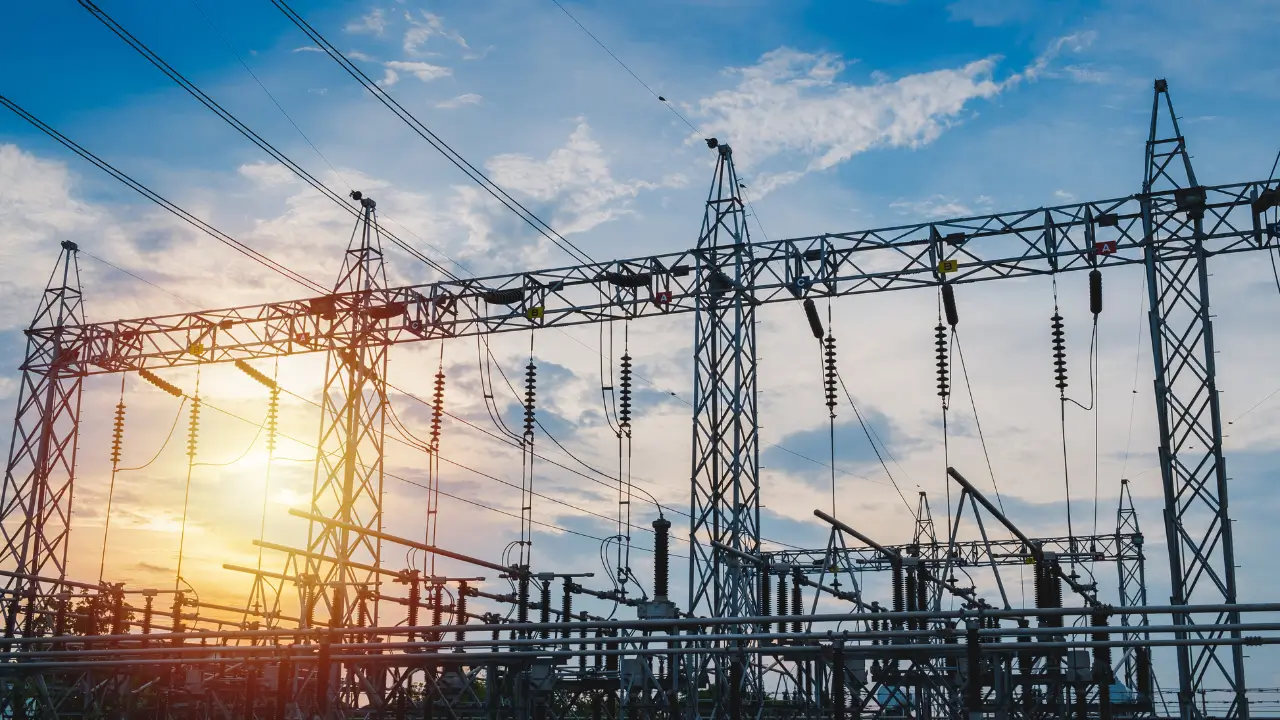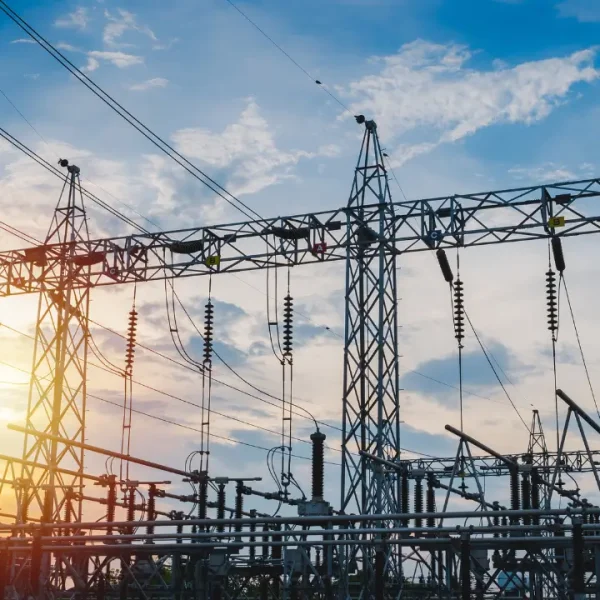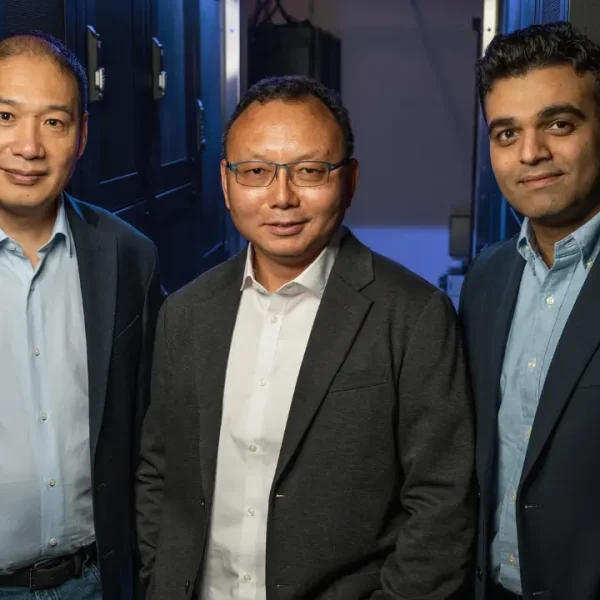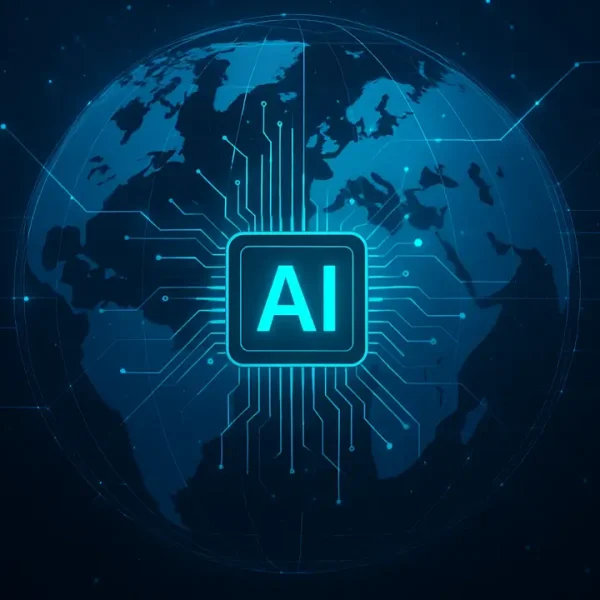New Zealand’s power sector is moving to tighten its grid resilience at a moment when energy security has become a defining pressure point for economies worldwide. Four major distribution businesses: Northpower, Orion Group, Unison Networks and WEL Networks, have joined forces with Tapestry, a Google X project, to deploy a unified AI-powered platform for grid asset inspection and maintenance, an effort that could become a model for utility collaboration globally.
The move comes as national grids are increasingly strained by rising electrification, climate volatility and a shortage of technical labour.
At the core of the partnership is Tapestry’s GridAware system, which uses drones, shared data and AI-driven imagery analysis to identify equipment faults earlier and with greater accuracy. For a country where 29 distributors manage more than 150,000 kilometres of power lines, the shift from manual inspection to predictive maintenance marks a significant operational transformation.
One of the longstanding barriers to deploying effective AI models in the utilities sector has been limited and fragmented datasets. The consortium plans to jointly label and share more than 10,000 images covering at least ten types of grid assets over the next two years, creating the scale required for advanced algorithm development. The goal is to increase inspection speed, reduce outage impact and support more strategic, data-driven maintenance planning.
Early results from Vector, New Zealand’s largest distributor, illustrate what may be possible. Since adopting GridAware, inspection times for roadside poles have reportedly dropped from 30-45 minutes to 5-7 minutes, enabling technicians to detect failures before they escalate. If replicated nationwide, similar gains could strengthen reliability and reduce operational costs.
The implications extend well beyond New Zealand. Around the world, utilities are searching for ways to respond to climate pressures, grid instability and rising expectations for uninterrupted service. New Zealand’s experiment suggests that shared intelligence, rather than isolated innovation, may be essential to scaling AI responsibly within critical infrastructure.
For regulators and operators elsewhere, the model raises a strategic question: should grid resilience be treated as a competitive advantage, or a national-level cooperative mandate?












